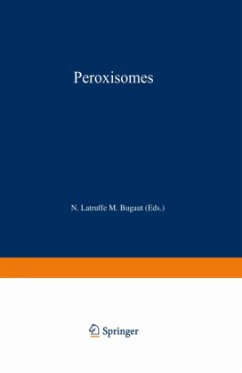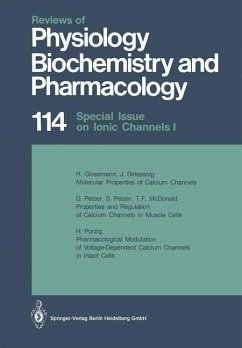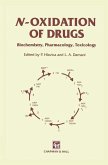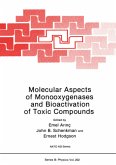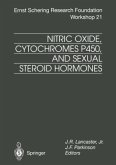Discovered and first isolated in 1966 in C. De Duve's
laboratory, peroxisomes - organelles which are present in
nearly all eukaryotic cells - are still not fully
understood.
More than 40 peroxisomal enzymes catalyzing a variety of
reactions have been characterized. Moreover, peroxisomes can
be regarded as toxicological indicators: several compounds,
including hypolipemic drugs, plasticizers or pesticides
trigger their proliferation. This proliferation may lead
to hepatocarcinogenesis in rodents.
Interest in peroxisomes stems not only fromtheir biology,
but also because there is a deficiency of peroxisomal
functions in several genetic diseases. Some genes involved
in inborn errors of peroxisomal function have recently been
identified.
In this manual, based on a FEBS Advanced Course on
peroxisomes, protocols on the following topics are described
in detail: Isolation and characterization of peroxisomes by
ultracentrifugationand immunoblotting; gene regulation
studied by mRNA isolation, hybridizationand DNA cell
transfection; use of cell lines as peroxisome proliferator
targets; transformation with retrovirus; peroxisomes as
toxicological markers; cytochrome P450 induction; drug
design and computer analysis of ligand/receptor interaction
involved in peroxisomal gene expression.
laboratory, peroxisomes - organelles which are present in
nearly all eukaryotic cells - are still not fully
understood.
More than 40 peroxisomal enzymes catalyzing a variety of
reactions have been characterized. Moreover, peroxisomes can
be regarded as toxicological indicators: several compounds,
including hypolipemic drugs, plasticizers or pesticides
trigger their proliferation. This proliferation may lead
to hepatocarcinogenesis in rodents.
Interest in peroxisomes stems not only fromtheir biology,
but also because there is a deficiency of peroxisomal
functions in several genetic diseases. Some genes involved
in inborn errors of peroxisomal function have recently been
identified.
In this manual, based on a FEBS Advanced Course on
peroxisomes, protocols on the following topics are described
in detail: Isolation and characterization of peroxisomes by
ultracentrifugationand immunoblotting; gene regulation
studied by mRNA isolation, hybridizationand DNA cell
transfection; use of cell lines as peroxisome proliferator
targets; transformation with retrovirus; peroxisomes as
toxicological markers; cytochrome P450 induction; drug
design and computer analysis of ligand/receptor interaction
involved in peroxisomal gene expression.

